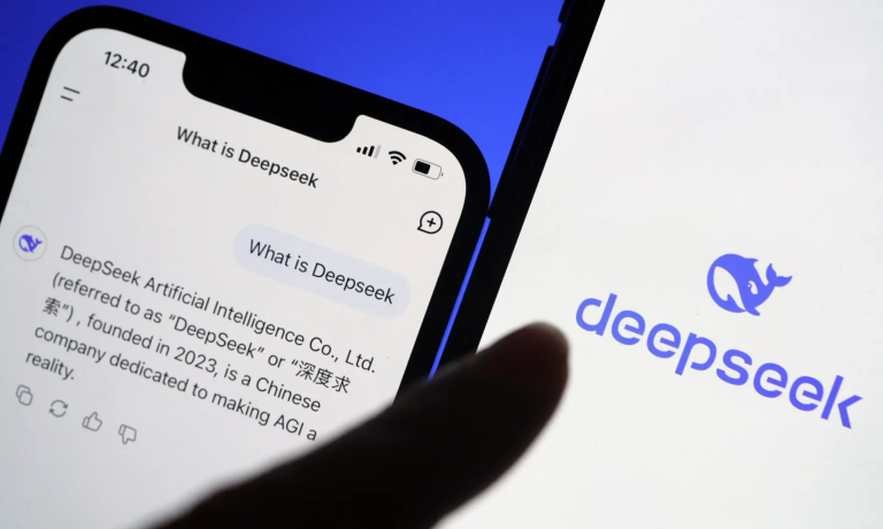
A groundbreaking development at the University of California, Berkeley has challenged assumptions about the cost of cutting-edge AI development. A research team led by PhD candidate Jiayi Pan has successfully recreated core functionalities of DeepSeek's R1 AI model for only $30.
The team's creation, dubbed "TinyZero," demonstrates that sophisticated AI capabilities can be achieved without massive budgets. While DeepSeek's original R1 model contains 671 billion parameters, the Berkeley team's smaller-scale version uses just 3 billion parameters while maintaining key functionalities.
Pan's team focused on reinforcement learning techniques, where the AI learns through trial and error. To test the system, they used the Countdown game, a mathematical puzzle that requires reaching target numbers through arithmetic operations. Though TinyZero initially made random guesses, it gradually learned to refine and optimize its answers.
The research revealed interesting scaling patterns. Models with 500 million parameters struggled with response refinement, while those with 1.5 billion parameters showed basic revision capabilities. The sweet spot emerged between 3 to 7 billion parameters, where problem-solving abilities improved markedly.
This development raises questions about the necessity of enormous AI development budgets. While major tech companies invest billions in AI research, the Berkeley team's success suggests that innovative approaches might achieve similar results at a fraction of the cost.
However, industry experts urge careful interpretation of these results. While TinyZero demonstrates core behaviors similar to DeepSeek's R1-Zero model, it may not match the full range of capabilities found in larger systems. The experiment serves more as a proof-of-concept than a complete replacement for advanced AI models.
The Berkeley team hopes their work will help demystify reinforcement learning research and open new possibilities for affordable AI development. Their findings could reshape how researchers and companies approach AI innovation in the future.